No products in the cart.
Chamaemelum nobile
A perennial with bright daisy-like flowers, known for flavoring teas and syrups.
Rated 0 out of 5
0 customer reviews
4,90 €
Only 20 item(s) left in stock!
Tags: chaud, comestible, couleur, feuillage persistant, graphique, medicinal, perennial, persistant, plant, potted plant, secheresse, soleil, vivace, vivace en pot, xeriscaping
SKU: pda345
Category: Balcony-Friendly, Beauty & Resilience, Bees and Butterflies, Culinary, Distillations, Evergreen, Fragrant, Ground Cover, Medicinal, Rewild

Chamaemelum nobile
4,90 €
Only 20 item(s) left in stock!
Chamaemelum nobile a low perennial plant with bright daisy-like flowers, known for its medicinal and soothing powers, its presence in fragrances and body care products.
The leaves are alternate, finely dissected, and can be slightly downy to completely glabrous (without hairs).
The flowers are white with a yellow center.
It is often confused with German Chamomile (Matricaria recutita), both species having been used nearly interchangeably in therapies.
However, Roman Chamomile’s specific epithet (nobile) reflects the belief that it was the more useful of the two
👨🌾GARDENING TIPS👨🌾:
-
- Chamomile can be planted as a fragrant chamomile lawn. Especially in places where the lawnmower cannot reach – it allows for the creation of a scented space that will bloom come summertime.
The Tale:
Its name derives from the Greek χαμαίμηλον (chamaimēlon), which means “earth-apple”. Some say that the plant sometimes smells like apple, but I have never really found that to be true.
The European cultivation of the plant started in England in the 16th century. Its fragrant smell and soft leaves made it popular with Elizabethan gardeners, and the plant has since become a must-have for herb gardeners across Europe.
Roman Chamomile was used medicinally as early as the classical period, including in ancient Egypt, and has been listed in medical texts since medieval times. As Gerard’s Herball noted, Chamomile was traditionally useful to relieve heartburn and gas, as a diuretic, as an aid during childbirth, to reduce fevers, and for the relief of various aches and pains (Gerard et al., 1633).
Recent research into Roman Chamomile shows its potential for treatment of inflammation, spasmodic gastrointestinal disorders, anxiety, and oral lichen planus is documented in the following articles:
-
- The in Vitro Effects of Roman Chamomile on Smooth Muscles
-
Nutrients, phytochemicals and bioactivity of wild Roman chamomile
-
Efficacy of topical chamomile management vs. placebo in patients with oral lichen planus
- The Mechanism Action of German Chamomile (Matricaria recutita L.) in the Treatment of Eczema
-
Traditional plants from Asteraceae family as potential candidates for functional food industry
Both chamomile’s have been closely associated with the woman’s body throughout history. In gynecology, chamomile can provoke cycles of menstruation and has been shown to facilitate delivery of intrauterine dead fetuses. It might justify Chamomile’s name in later literature—which also gave its name to the genus—Matricaria. This word comes from the classical Latin word ‘matrix’ which refers to the womb, solidifying the link.
In the health care and beauty industry, it is revered for its richness in apigenin that are found in the petals. This yellow pigment attaches to the scales in the hair shaft without penetrating the hair and can help naturally lighten blond hair.
Other names
Roman chamomile
English chamomile
Garden chamomile
Ground apple
Origin:
Western Europe and the northwestern Maghreb
| Weight | 0,2 kg |
|---|---|
| Flower Color | White |
| Flowering | June, July |
| Soil | Dry, Poor, Well-Draining |
| Exposure | Full Sun |
| Frost Tolerance | -20°C to -25°C |
| Size | 0.2m H x 0.5m W |
Reviews
0
Rated 0 out of 5
0 customer reviews
5
0
4
0
3
0
2
0
1
0
Only logged in customers who have purchased this product may leave a review.
Related Products
Tradescantia andersoniana ‘Blushing Bride’
A Tradescantia with gorgeous blushes of pink and white that appear in the coldest nights.
A Tradescantia with gorgeous blushes of pink and white that appear in the coldest nights.
Rated 0 out of 5
Sedum album
A low, multi-color ground cover.
A low, multi-color ground cover.
Rated 0 out of 5
Hieracium maculatum ‘Leopard’
A native perennial with blue-green leaves and a tall yellow flower
A native perennial with blue-green leaves and a tall yellow flower
Rated 0 out of 5
Hellebore argutifolius
Winter flowering perennial with marbled blue-green leaves
Winter flowering perennial with marbled blue-green leaves
Rated 0 out of 5
Stachys byzantina
Silky white-grey leaves and tall striking flowers
Silky white-grey leaves and tall striking flowers
Rated 0 out of 5
Erigeron kavinskianus
A daisy-like carpet of flowers
A daisy-like carpet of flowers
Rated 0 out of 5
Trachelospermum asiaticum ‘Ogon Nishiki’
Jasmine with colorful foliage and lovely white flowers in summer
Jasmine with colorful foliage and lovely white flowers in summer
Rated 0 out of 5
Vinca minor
Looping elegance and ability to form a low flowering ground cover
Looping elegance and ability to form a low flowering ground cover
Rated 0 out of 5
Tanacetum densum subsp. amani
A shrublet composed of soft, finely divided silvery gray-white leaves.
A shrublet composed of soft, finely divided silvery gray-white leaves.
Rated 0 out of 5
Cerastium tomentosum var. columnae
A grey-green spreading ground cover from the mountains.
A grey-green spreading ground cover from the mountains.
Rated 0 out of 5
Delosperma cooperi
A dwarf perennial known for its vermillion colored flowers
A dwarf perennial known for its vermillion colored flowers
Rated 0 out of 5
Kalanchoe daigremontiana
A toothy succulent from Madagascar, known as the Mother of Thousands.
A toothy succulent from Madagascar, known as the Mother of Thousands.
Rated 0 out of 5
Mentha x piperita ‘Chartreuse’
A spicy mint, known for its use in the production of liqueurs and herbal teas.
A spicy mint, known for its use in the production of liqueurs and herbal teas.
Rated 0 out of 5
Melissa officinalis
A perennial plant in the mint family that is adored by bees, royal families and tea drinkers.
A perennial plant in the mint family that is adored by bees, royal families and tea drinkers.
Rated 0 out of 5
Euphorbia myrsinites
Known for its draping form of silver-gray foliage and radiant blooms.
Known for its draping form of silver-gray foliage and radiant blooms.
Rated 0 out of 5
Artemisia ludoviciana ‘Valerie Finnis’
A semi-evergreen, aromatic variation on the theme of Artemisia.
A semi-evergreen, aromatic variation on the theme of Artemisia.
Rated 0 out of 5
Euphorbia cyparissias Clarice Howard
A Euphorbia that resembles a soft little cyprus tree
A Euphorbia that resembles a soft little cyprus tree
Rated 0 out of 5
Glechoma hederacea
A sweet smelling ground cover, producing little blue flowers all summer long.
A sweet smelling ground cover, producing little blue flowers all summer long.
Rated 0 out of 5
recent view product
Leonotis leonurus
Known for its magnificent orange flowers and fragrant leaves
Known for its magnificent orange flowers and fragrant leaves
Rated 0 out of 5
Euonymus fortunei ‘Emerald & Gold’
A dwarf variety with bright green-gold leaves.
A dwarf variety with bright green-gold leaves.
Rated 0 out of 5
Dianthus plumarius ‘Haytor White’
A classic evergreen perennial with grey-green foliage and frilly, fragrant white flowers.
A classic evergreen perennial with grey-green foliage and frilly, fragrant white flowers.
Rated 0 out of 5
Euphorbia amygdaloides var. robbiae
Dark green leaves that prefer the dry shade
Dark green leaves that prefer the dry shade
Rated 0 out of 5
Persicaria Affinis ‘Donald Lowndes’
A low spreading, ground cover plant with short pink pokers of small flowers all summer long.
A low spreading, ground cover plant with short pink pokers of small flowers all summer long.
Rated 0 out of 5

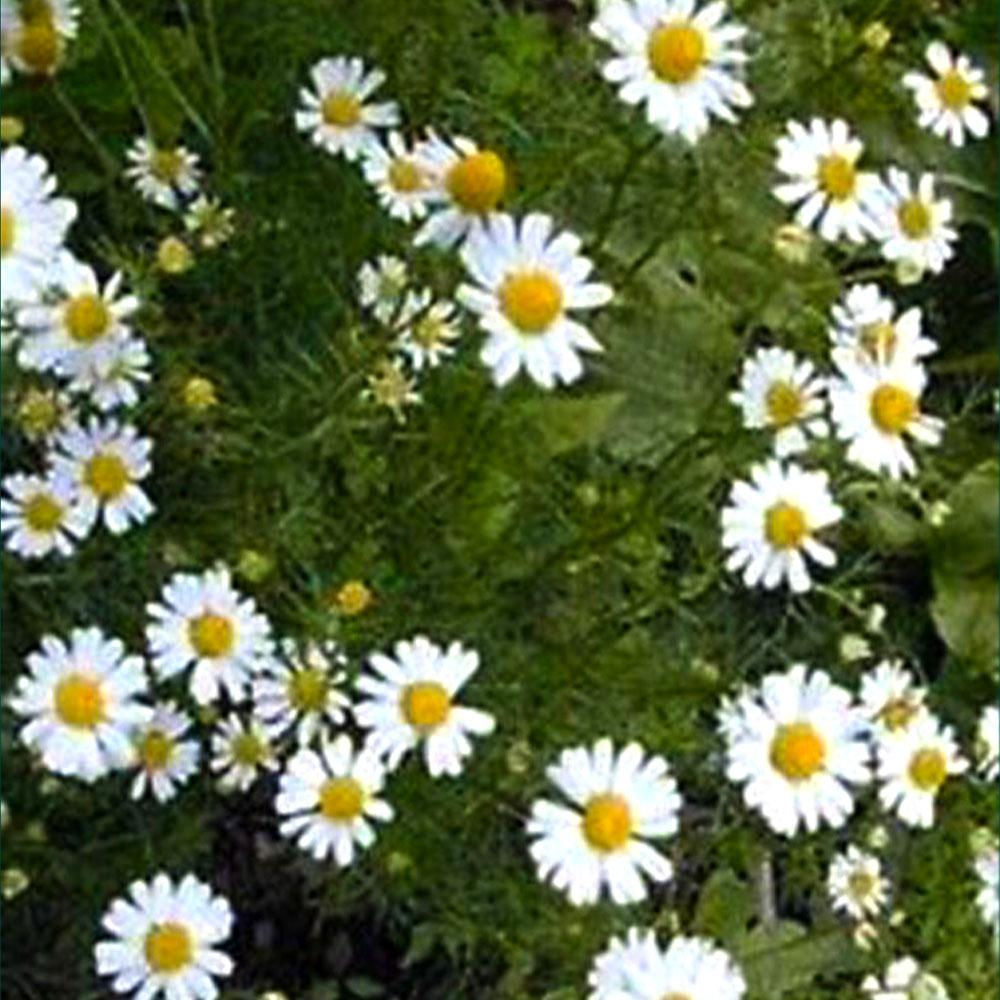
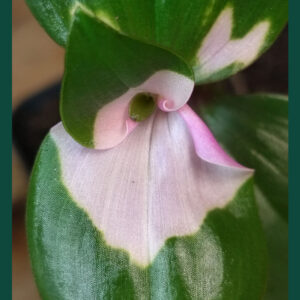
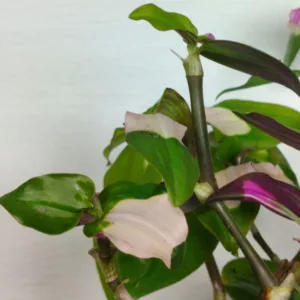

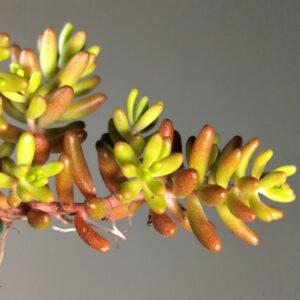
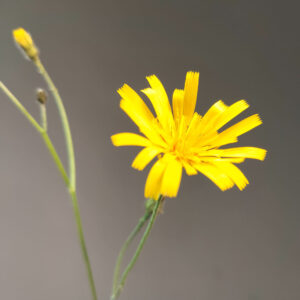
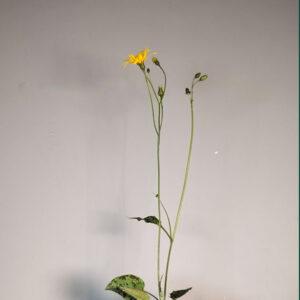

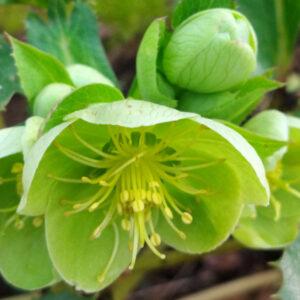

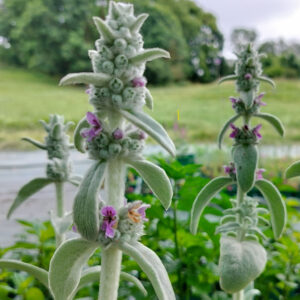

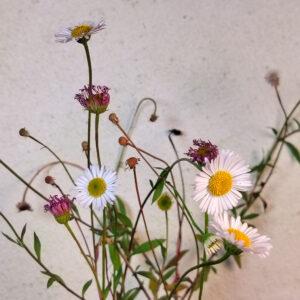
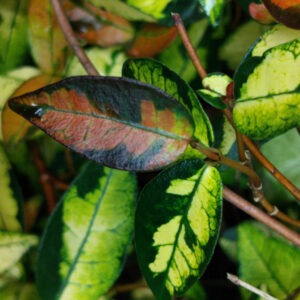

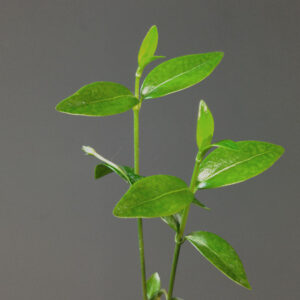

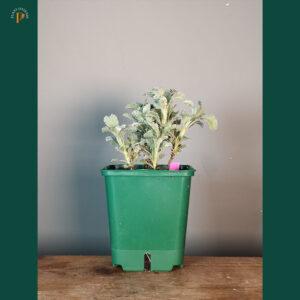

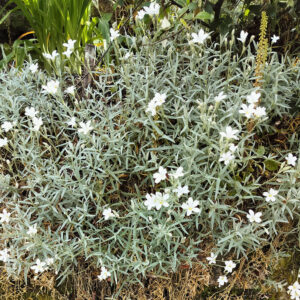
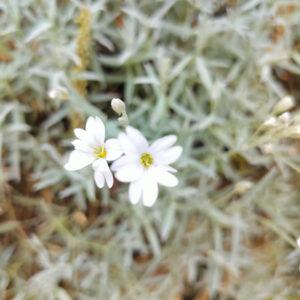

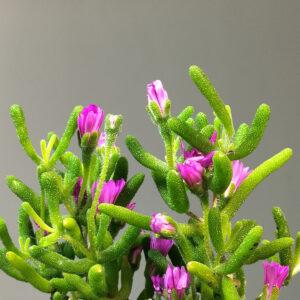
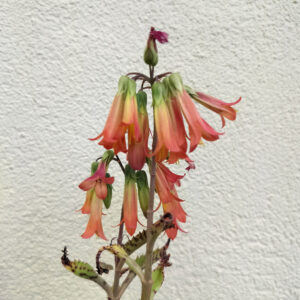
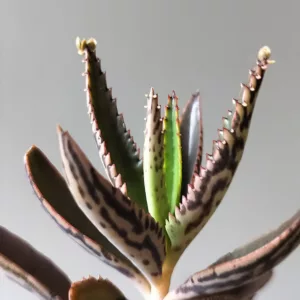
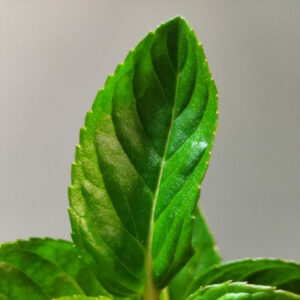
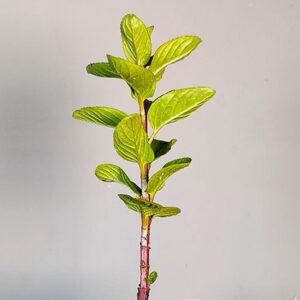
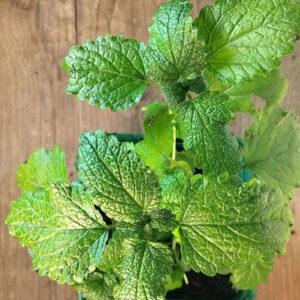
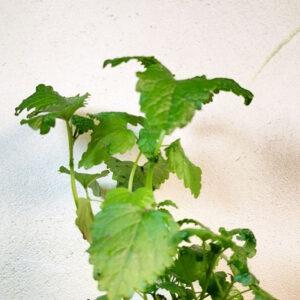
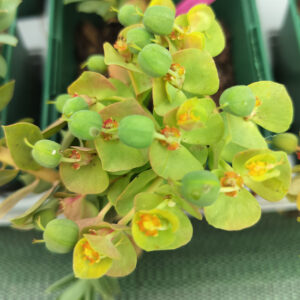

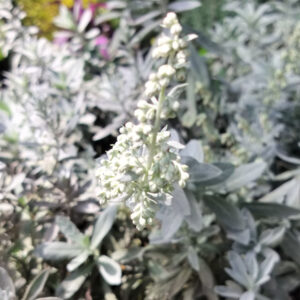
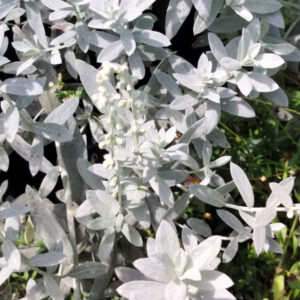
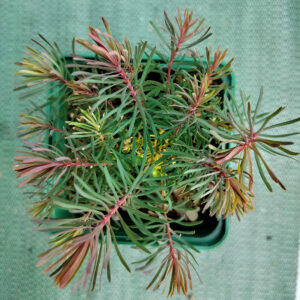
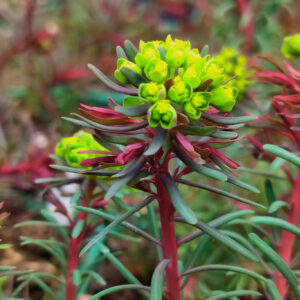
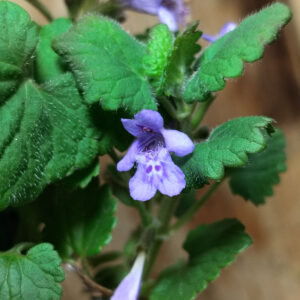
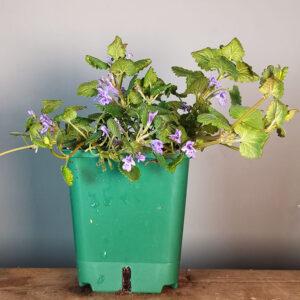


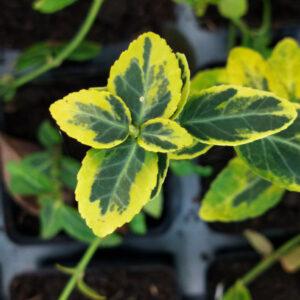
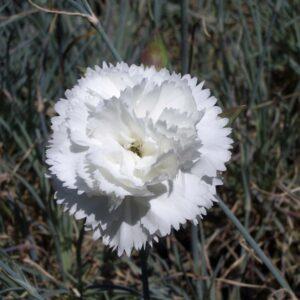
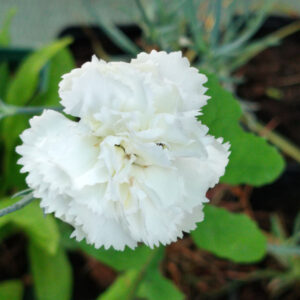
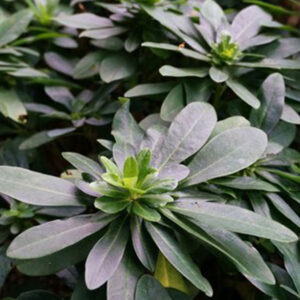

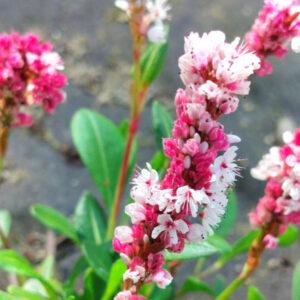
There are no reviews yet.